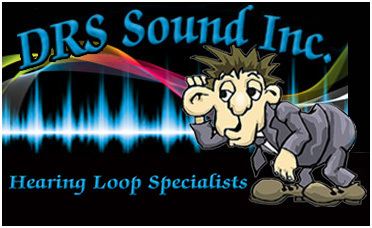
Technological advancements continually reshape how we address challenges, and hearing accessibility is no exception. Hearing loops represent a significant innovation in this field, providing clear sound to individuals with hearing aids. This blog explores the future of hearing accessibility, focusing on the latest innovations in hearing loop technology.
The Science Behind Hearing Loops
Hearing loops work by creating a magnetic field that is picked up by hearing aids set to the ‘T’ (telecoil) setting. This direct transmission bypasses ambient noise, significantly improving speech clarity. Advances in digital signal processing have made these systems even more effective, offering precise and reliable sound quality.
Cutting-Edge Developments
Recent developments in hearing loop technology include enhanced loop designs that minimize interference and maximize coverage. According to a study published in the Hearing Review, these advancements have made hearing loops more adaptable to various environments, from large auditoriums to small meeting rooms. Companies like DRS Sound are at the forefront of implementing these innovations, ensuring their clients benefit from the latest technology.
Case Study: Recent Installations by DRS Sound
DRS Sound has completed numerous installations that showcase the latest in hearing loop technology. Their recent project at a major courthouse in Wisconsin highlights how modern loops can effectively cover large, complex spaces. This installation ensures that all participants, including those with hearing aids, can hear proceedings clearly and without distortion.
User Experience and Feedback
Feedback from users consistently underscores the benefits of modern hearing loops. In an article by AARP, users describe the profound difference these systems make in their daily lives. Testimonials from clients like Dave and Brenda from Plymouth, WI, highlight the exceptional service and transformative impact of DRS Sound’s installations.
Expert Endorsements
Experts in the field, including Dr. David Myers and Dr. Juliette Sterkens, continue to advocate for the widespread adoption of hearing loops. Their research and advocacy work, as seen in publications like Audiology Online, emphasize the superior sound quality and user satisfaction associated with hearing loops compared to other assistive listening devices.
Conclusion
The future of hearing accessibility looks promising with ongoing innovations in hearing loop technology. As companies like DRS Sound continue to implement these advancements, more individuals with hearing aids will benefit from clear, direct sound in public venues. Embracing these technologies is a crucial step toward a more inclusive and accessible world.
